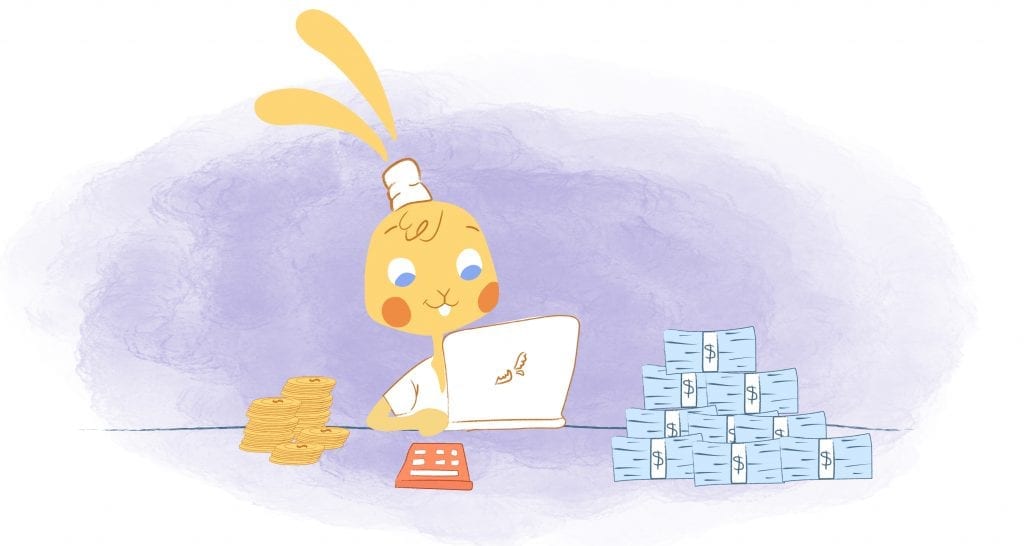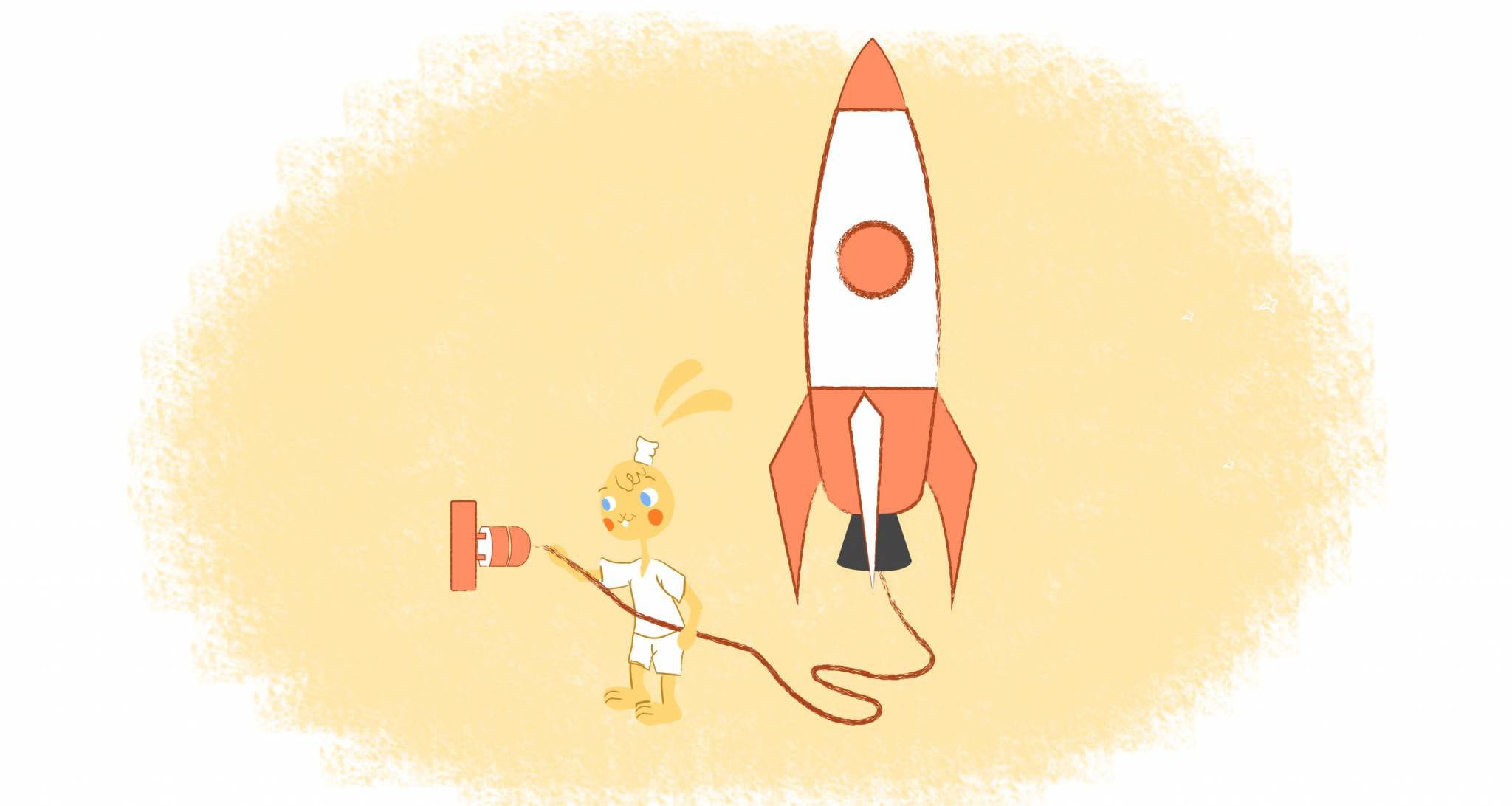

It’s a familiar occurrence. You’re taking a quick break from work to watch an inspiring video, such as a TedTalk, on YouTube. Before the video starts, there’s an ad from a charismatic individual promising that you can earn money while you sleep. And, by doing so, you get to live the life you want without having to deal with the nine to five grind. Same old crap right?
As entrepreneurs, we know that passive income isn’t a scam, though some of these videos do promote unproductive advice. In a previous Entrepreneur article, Kimanzi Constable explained this correctly. These are “entrepreneurs trying to sell you on one of their programs. You see what they’re offering and understand that the way they travel and make an income is through people buying their course.”
In other words, the person in the YouTube advertisement is earning a passive income. They may have developed a system that allowed them to thrive in the real estate industry, for instance. Now, they’re sharing their secrets of success with viewers via an online course. Selling real estate was their primary source of income. Now, they have a supplemental income through the educational course they’ve created.
But, is earning a passive income something that a respectable entrepreneur should really spend their resources on? In my experience, that’s a resounding yes.
What is passive income and why it’s important for entrepreneurs?
A passive income is earning money through little active involvement. Unlike your “day job,” a passive income isn’t tied to how many hours you put-in. For example, you published a book five years ago. Ever since its publication, you’ve been earning money off of the sales of your book. While you did all of the work on the book years ago — you had to write it, after all, but you’re really no longer involved with the book. It’s there online for people to purchase while you’re sleeping, building your startup, or traveling.
Why is passive income necessary for entrepreneurs?
For starters, it creates multiple streams of income. Extra or other ways that you make money may not sound important when your business is raking in the six-figures. But, from personal experience, understand that you could lose everything in a blink of an eye.
I’ve shared my story multiple times, so I’ll give an abridged version. My first business was shut down by Amazon, and in a matter of months, I lost everything.
While a passive income wouldn’t have prevented my business from closing, if I had been earning an income from multiple sources it wouldn’t have been as stressful. It wouldn’t have hurt my family, and I could have temporarily stayed current with my bills. It would have helped get me back on my feet faster.
Even if you don’t experience failure, entrepreneurs can use this extra income to pay off their debt faster. How much would your life improve if you didn’t have student or business loans hanging over your head? Not having this debt is a weight off your shoulders and gives you an opportunity to take that money and invest it in your business, vacation fund, or retirement.
Having more than one income can increase your chances of becoming a millionaire. Tom Curley, the author of “Rich Habits,” found that 65 percent of self-made millionaires had three streams of income.
Of course, it’s not all about the benjamins. When you’re able to earn some extra cash on the side, you’re ready and able to focus more on the other things that really matter. It frees up your mind to hustle better. You’ll be able to think more creatively about ways to improve your business. You’ll find ways to spend more time with your family, working on a hobby, learning something new, or traveling.
Debunking common myths about passive income.
While I’m all for passive income, it would be remiss of me to discuss and debunk some of the most common misconceptions. Most notably is a myth that maybe it doesn’t take any type of investment. In reality, it will take an initial investment, either of time or money, to start earning additional income. The idea is you are front-loading your time and money.
Again, take the example of releasing a book. You can continue to earn royalties from your written work for the rest of your life after it’s been published. But, you still had to take the time to write the book. You still had to hire an editor, and you definitely had to do some promotion to let others know where and why they should purchase your title.
Lucas Miller adds in Entrepreneur that, “generating passive income isn’t as simple or straightforward as some of the world’s richest people can make it seem to be. Figuring out how to generate a steady flow of cash requires a fair amount of work.”
“Even more importantly, it requires that you dedicate your own time and investments in the right areas,” continues Miller.
Seven myths regarding passive income.
- You can “set and forget” it. “This is perhaps the most dangerous myth associated with passive income,” says Miller. And, I agree. Let’s say that you earn money through affiliate links on your blog. If people aren’t visiting and clicking on those links that you aren’t bringing in an additional income. You still need to add fresh content and promote your site so that you can keep driving traffic to it.
- It only takes a weekend to get started. It may just take you a weekend to build your website. But, it’s going to take months to get people to notice and interact with your site.
- You only need one source of income. I’ve already briefly discussed this. But, as a reminder, by diversifying your income sources you have a security net in case your primary source of income dries up. What’s more, when you have more cash flowing in, you can pay off debts faster or set aside more money into an emergency fund.
- Real estate is your safest bet. While renting properties can be a great way to earn an additional income, it can be costly. Remember, you’re responsible for keeping the rental in good shape and making any repairs. You also have to deal with tenants. If possible, a better option may be to flip a house then managing one.
- You need a business idea. It may not be as exciting or bring-in as much money, but savings and retirement accounts are low-risk options for earning a passive income.
- “If you build it, they will come.” Whether you run a blog, published a book, or built an educational program you still need to use marketing channels so that people will discover, and eventually, invest in your content.
- You need a large sum of money to get started. You’re not launching a full-fledged business here. Saying that you’re not launching a full business means that you don’t need thousands of dollars to get started. In some cases, it may just take-up some of your time. In others, you may only need to invest with a couple of hundred dollars.
How can you make a passive income?
There’s no shortage of ways to create several different streams of income. It ultimately depends if you want to invest more of your money or time.
For example, if you’re strapped for time, you may want to invest your money. Maybe you will take some of your money and invest in the stock market, opening a high-yield saving account, peer-to-peer lending, or becoming a silent partner of a company.
If you have spare time, you can start a blog, write a book, create an eCourse, or sell digital products. If you go this route, the key is to use your existing knowledge and resources to your advantage. For example, a consultant could create their own online course or package existing blog posts together for an eBook.
What if you want to start your own side business? As with your startup, you need to do your research to understand your market, how you’re unique, and the best ways to promote the side gig. Most importantly, be patient.
You aren’t going to start earning an additional income overnight. It may take months, even years, before you can finally start earning a passive income.











John Rampton
John’s goal in life is to make people’s lives much more productive. Upping productivity allows us to spend more time doing the things we enjoy most. John was recently recognized by Entrepreneur Magazine as being one of the top marketers in the World. John is co-founder and CEO of Calendar.